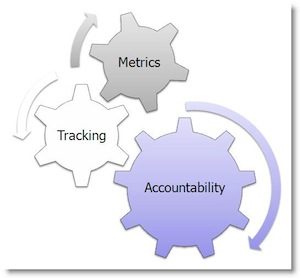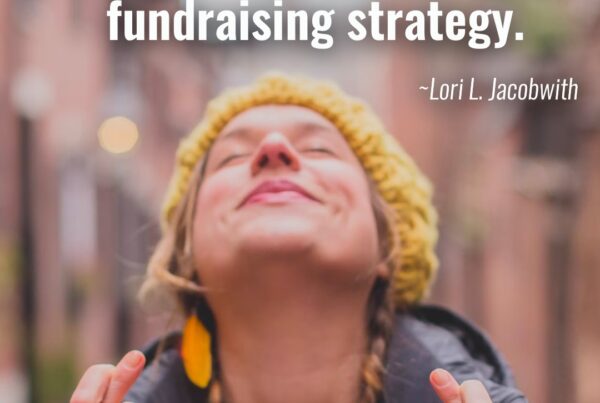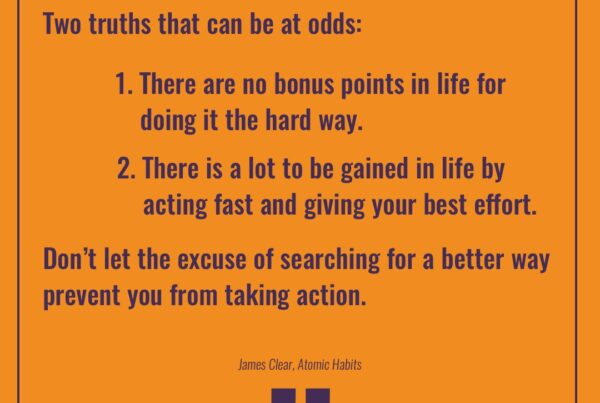In the fundraising action planning sessions I conduct with organizations across the country one of my main goals is to shift the lens of awareness and responsibility for fund development to the entire board and staff.
Development, as defined by the Association of Fundraising Professionals (AFP): The total process by which an organization increases public understanding of its mission and acquires financial support for its programs.
While not everyone in an organization needs to ASK for money, I believe it’s everyone’s job to increase awareness about the impact of the work while also sharing information about costs and annual fundraising goals.

This doesn’t have to be a big dramatic announcement, but more a part of any conversation with others. Taking responsibility for allowing supporters to know how they can make a difference is truly a main role of any board, staff person, or committee member.
Even if listeners agree that development and raising awareness is part of their job, it is usually a new concept for a board to hold themselves accountable for specific tasks using metrics & charts. And staff can be leery of providing measures for board actions. I believe it is an important part of the development staff role to measure all sorts of things including some of the board activity.
“Accountability is being held responsible for one’s actions.
Responsibility implies there is a consequence, that is, a reward for meeting obligations and absence of reward for failing to meet them.
Accountability works because people care about the outcome, and they want others to know they are reliable.”
Four necessary ingredients for holding people accountable:
- Establishing clear expectations;
- Preparing people to meet those expectations with needed training and support;
- Monitoring performance, and
- Attaching consequences to the results
~ Source: London, M., & London, M. (2007). First-time Leaders of Small Groups: How to Create High-performing Committees, Task Forces, Clubs, and Boards. San Francisco: John Wiley & Sons
When activities are measured such as: how many thank you calls were made this month? Or how many asks v. cultivation meetings were conducted this month? And those measures include both board and staff in the mix, something amazing happens.
Once the actual numbers tell us that no one on the board is making thank you calls and our two fundraising staff have been going on all the visits alone. . . and I remind them that fundraising is a TEAM sport. . . with consequences if not everyone plays . . . the ah ha moments start to happen.
Tom, a board member at one of the sessions I led a few weeks ago said, “Wow. I don’t know the names of any of our top supporters and that is going to change. I now realize it’s my responsibility if I care about this organization to learn who else cares and to involve them in ways that are more meaningful. If I don’t some of those supporters will likely leave for an organization that pays more attention to them.”

Tom GOT IT!
It’s about accountability and tracking that accountability. He helped cook up a great system for assigning board members to donors when they show up at a performance. With details like knowing what seat number they have that evening so they can be thanked and more can be learned about each supporter.
Thank you, Tom, for listening and creating a process for accountability! He and the board are being supported with charts and measures and help from the staff. I look forward to seeing how their individual donor fundraising increases by measuring their activity.






